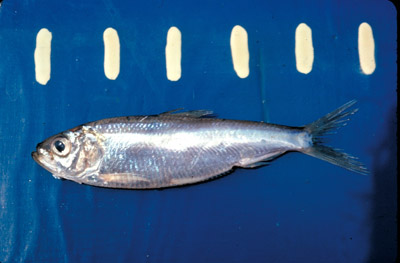Land
Authors “Canvas Detroit” for art’s impact on the urban environment
|
In “Canvas Detroit,” Nichole Christian and Julie Pincus profile the Motor City’s brightest and most diverse of up and coming street artists. From murals on boulevards to grass sculptures, their work can actively improve the urban environment and shine a light on previously ignored and abandoned cityscapes. Detroit is a city that needs “problem solving,” Christian says, and art won’t solve it all. But the city is fostering a wickedly creative atmosphere that is ripe for revitalization. Christian recently explained to Great Lakes Echo the importance of street art and how it can revitalize a city.









